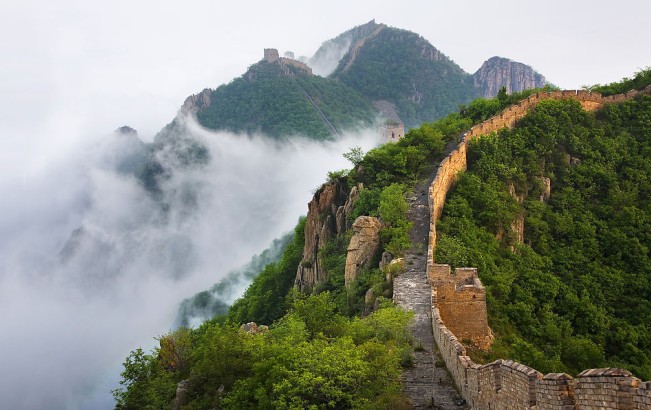Xi’an Drum tower is built across the Bell tower and the Drum Tower square. It is situated to the northwest of the Bell tower and has structure which is similar to Bell Tower. Drum Tower was erected in the year 1380 during the reign of the Ming Dynasty. The Name of the Drum Tower is derived from the huge drum which is hung within it. This bell was stuck at the dawn time and drum was beaten at the sunset time to indicate the end of that day.
There are many large drum, which are hang at the ground level on the outside of the Drum Tower. Each of these drum is decorated with many beautiful Chinese writing invoking good fortune. You can enjoy the impressive arrays of drums which are only for show and it is not allowed to any visitor to beat any of them. There is one drum which is near the front entrance and you can try a pose for picture for which you have to pay a little amount.
There is a drum museum which is inside the Drum tower. There are wide varieties of drums for display there. Some of these drums are about thousand years old. A drum show is also performed here everyday. You can also enjoy the panoramic view of the city of Xi’an from the top of the tower. It is situated very close to the Bell tower and almost similar to it with some differences.





















